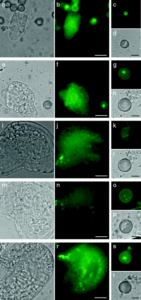
A new way of counting chromosomes.
This figure is illustrating gamete-specific centromere labeling in female pWOX2-CENH3-GFP embryo sacs. It is taken from an article by Storme et al, describing how recombinant CENH3-GFP proteins can be used as method to determine the cell-specific ploidy level (e.g. number of chromosomes) in several somatic and gametophytic Arabidopsis cell types.
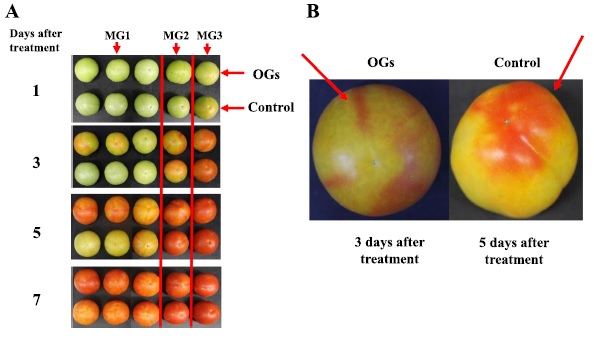
Why do we get nice, ripe tomatoes?
This figure demonstrates the effect of oligogalacturonic acids (OGs) on the ripening rates of tomatoes. This article, by Yingxuan et al, describes how OGs promote the ripening of the fruit through the regulation of 1-aminocyclopropane-1-carboxylic acid synthesis at the transcriptional and post-translational levels.
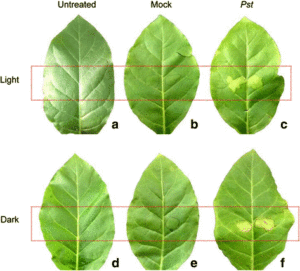
Something bad for the health of tobacco
This image shows the effects of pseudomonas syringae pv. Tabaci infection (Pst) on tobacco leaves. It is taken from an article by Cheng et al which describes the photoinhibition and photoinhibition-like damage to the leaves under light and dark conditions.
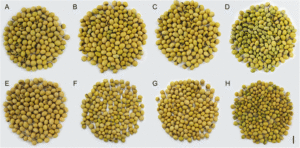
Protecting a food source from drought
This figure showing a variety of stressed and non-stressed soybean seeds of a susceptible (top) and tolerant cultivar (bottom). The study, described in this article, looked at gene expression profiling of chlorophyll retention (the green seed problem) in mature soybean seeds produced under stressful conditions, such as high temperatures and drought.
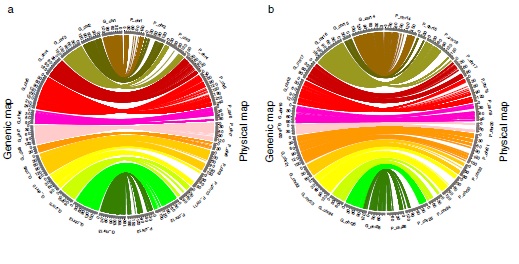
A way to tell which genes produce the most cotton?
This image is taken from an article by Zhang et al on the construction of a high-density genetic map for upland cotton (Gossypium hirsutum.). It shows collinearities between this genetic map and the physical map.
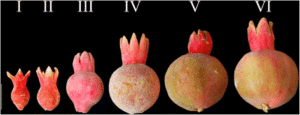
What role do microRNAs play in the development of pomegranate fruit?
This figure illustrates the morphological features of pomegranate fruit harvested at different stages of development. It is taken from an article describing research on the genome-wide identification of microRNAs in pomegranate (Punica granatum L.).
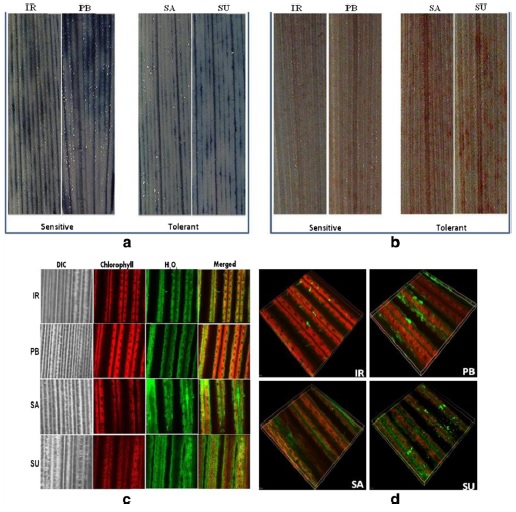
Why too many antioxidants might be bad for rice
This image is showing the accumulation of two reactive oxygen species (O2- and H2O2) in leaves of different cultivars of rice. It is taken from an article describing a study looking at salt tolerance of selected cultivars of rice.
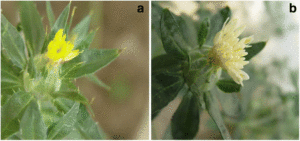
How to make differently colored safflowers
This image shows two types of safflower. It is taken from an article examining the molecular characterization of flavanone 3-hydroxylase gene and flavonoid accumulation in these flowers in response to methyl jasmonate.
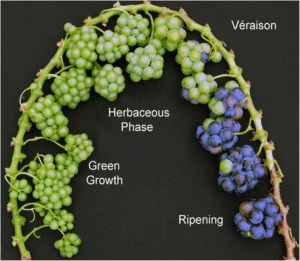
Getting the temperature right when growing grapes
This is a picture showing the development of grapevine fruits. It is taken from an article describing the effects of temperature on sugar and organic acid metabolism in ripening grapevine fruits.
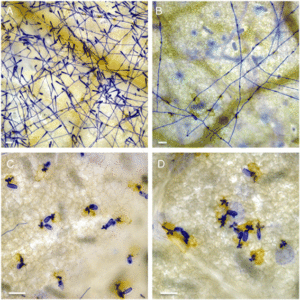
Which grapes can best protect themselves from mildrew?
This image is of a comparison of programmed cell death induction kinetics in two novel loci, Ren6 and Ren7, from the wild Chinese grape species Vitis piasezkii. It is taken from an article by Pap et al, describing the mapping of powdery mildew resistance in V. piasezkii.
One Comment